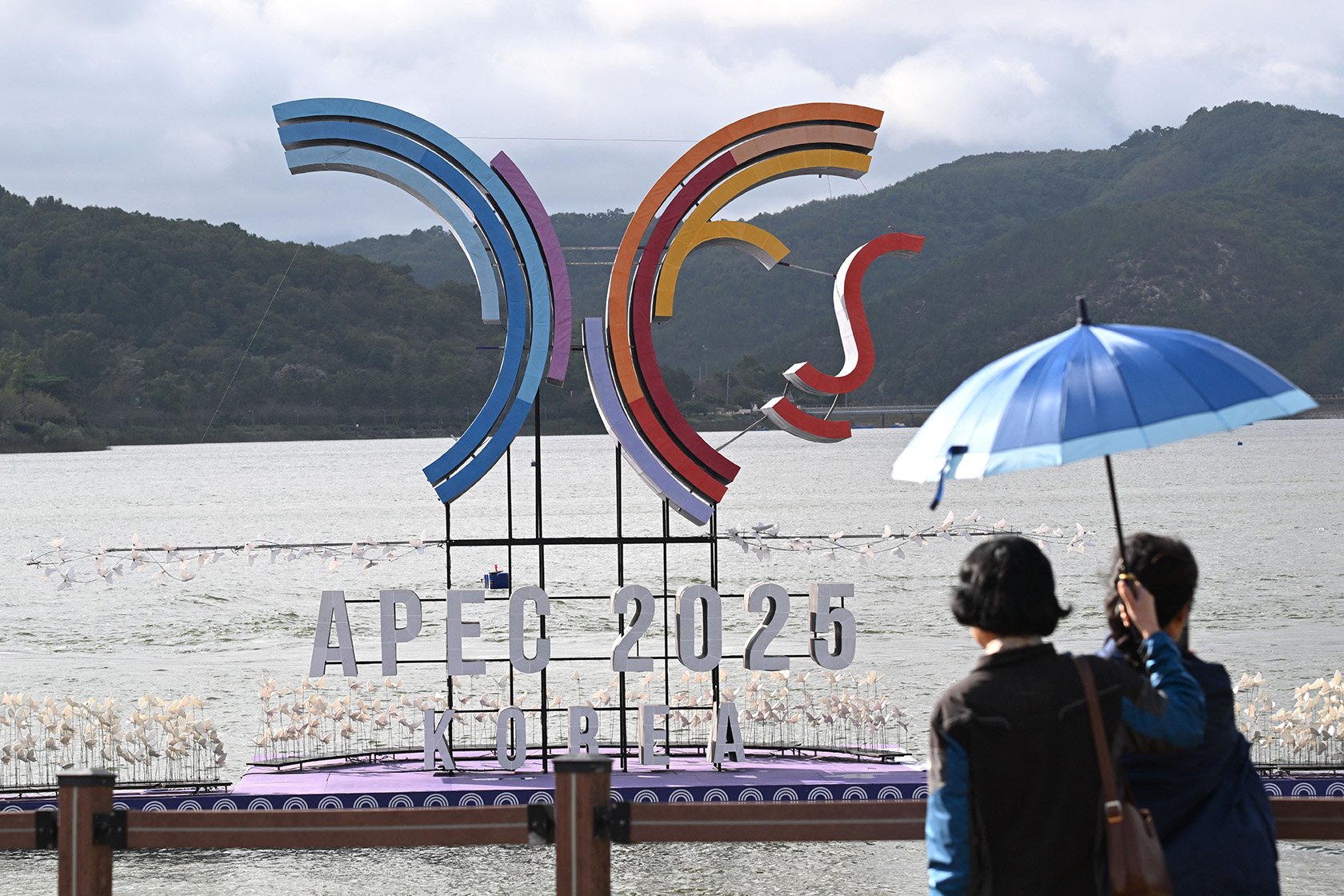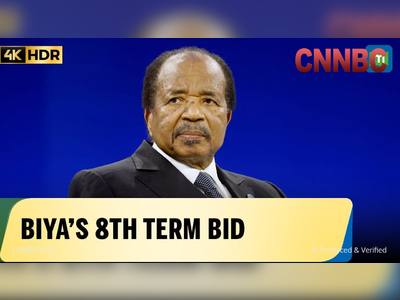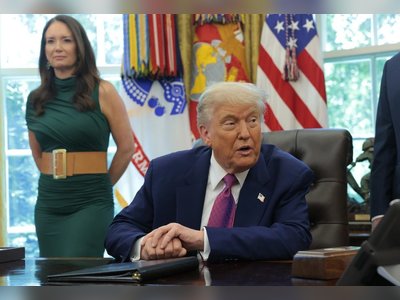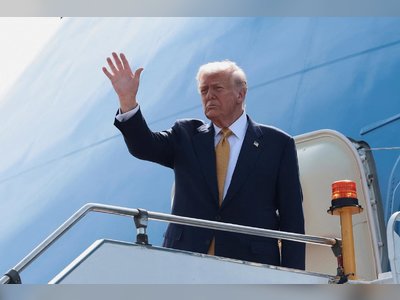
Trump Administration Agrees Trade Framework with China, Signalling Shift from the ‘Hawk’ Era
Pre-summit accord reached in Kuala Lumpur sets stage for US–China engagement and moves away from years of confrontation
The United States and China have reached a preliminary trade framework during talks in Kuala Lumpur that appears to mark the end of the so-called ‘Decade of the Hawks’ in Washington’s China policy.
Under the agreement, negotiated by U.S. Treasury Secretary Scott Bessent and Chinese Vice-Premier He Lifeng, Washington will forgo the imposition of 100 percent tariffs on Chinese imports scheduled for November 1 and Beijing will defer its planned export controls on rare earth minerals.
The accord was struck on the sidelines of the 47th Association of Southeast Asian Nations (ASEAN) Summit, where President Donald Trump met regional leaders ahead of a pivotal summit with Chinese President Xi Jinping.
Officials said the deal opens the door for renewed Chinese purchases of U.S. agricultural goods and greater bilateral cooperation on strategic goods and technologies.
Analysts say the deal signals a profound pivot in U.S. policy: the rejection of sustained confrontation with China and a return to managed engagement.
The shift comes after a decade of elevated tariffs, supply-chain decoupling efforts and bipartisan hard-line approaches.
Some of the former hawkish policymakers who dominated Washington’s China debate are now largely silent.
For President Trump the deal offers a strategic win: it provides space to reset links with China, protect U.S. industry and agriculture, and strengthen ties through the Indo-Pacific region.
Yet questions remain about how deeply the terms address underlying structural issues including technology transfers, rare-earth dominance and global supply-chain dependencies.
While the framework is not yet a fully signed treaty and its details must still be approved by both senior leaders and legislatures, its emergence ahead of the Trump–Xi meeting underscores a new direction in U.S.–China relations.
That direction is characterised less by sheer confrontation and more by calibrated negotiation, signalling that Washington may be abandoning its decade-long posture of escalation in favour of strategic recalibration.
Under the agreement, negotiated by U.S. Treasury Secretary Scott Bessent and Chinese Vice-Premier He Lifeng, Washington will forgo the imposition of 100 percent tariffs on Chinese imports scheduled for November 1 and Beijing will defer its planned export controls on rare earth minerals.
The accord was struck on the sidelines of the 47th Association of Southeast Asian Nations (ASEAN) Summit, where President Donald Trump met regional leaders ahead of a pivotal summit with Chinese President Xi Jinping.
Officials said the deal opens the door for renewed Chinese purchases of U.S. agricultural goods and greater bilateral cooperation on strategic goods and technologies.
Analysts say the deal signals a profound pivot in U.S. policy: the rejection of sustained confrontation with China and a return to managed engagement.
The shift comes after a decade of elevated tariffs, supply-chain decoupling efforts and bipartisan hard-line approaches.
Some of the former hawkish policymakers who dominated Washington’s China debate are now largely silent.
For President Trump the deal offers a strategic win: it provides space to reset links with China, protect U.S. industry and agriculture, and strengthen ties through the Indo-Pacific region.
Yet questions remain about how deeply the terms address underlying structural issues including technology transfers, rare-earth dominance and global supply-chain dependencies.
While the framework is not yet a fully signed treaty and its details must still be approved by both senior leaders and legislatures, its emergence ahead of the Trump–Xi meeting underscores a new direction in U.S.–China relations.
That direction is characterised less by sheer confrontation and more by calibrated negotiation, signalling that Washington may be abandoning its decade-long posture of escalation in favour of strategic recalibration.











